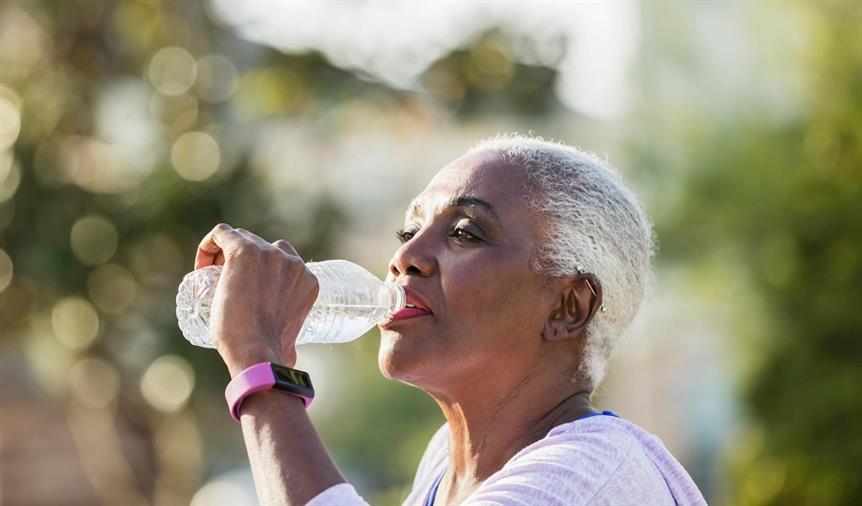Preventing kidney stones: National Kidney Month
Mar 16, 2020

Urinary stones have been around as long as mankind. A reference to kidney stone treatment is even mentioned in the Hippocratic oath: “I will not cut persons laboring under the stone, but will leave this to be done by men who are practitioners of this art.”
In the United States, the risk that a person will suffer from urinary stones in their lifetime is approximately 10%. With the rise in global temperatures, the percentage of the population who reside in high-risk climate zones will increase as warmer temperatures are slowly moving northward. It is predicted that by the end of this century, the proportion of the population living in a high-risk climate zone may be as high as two-thirds.
What is a high-risk climate zone?
Variations in a person’s risk of kidney stones can be dependent on geographic location. Researchers believe that this varied risk is due to climate differences. For example, urinary stone disease is more common in the southeastern United States, in what is known as the "kidney stone belt.”
Specifically, regional climate, especially higher temperatures, are important factors in determining a person’s risk of stones. Studies have shown that the number of patients going to the emergency room for kidney stones usually peaks at the end of summer and is lowest in the winter. Higher temperatures cause increase in water loss from perspiration, which may lead to dehydration. Dehydration due to water loss as well as decreased fluid consumption are well-known factors in the increased risk of stone formation.
Who is likely to get kidney stones?
Stones are more common in men than women. Some studies suggest that men are almost two times more likely than women to develop stone disease. Lifestyle factors and comorbidities can also contribute to a person’s risk. The prevalence of kidney stones in the United States has been on the rise, a phenomenon that can be attributed to a significant increase in obesity. It has been well documented that diabetes and obesity can also increase the risk of kidney stones.
Poor dietary habits may also increase the rate of stones in predisposed individuals. Increased consumption of table salt, oxalate-rich foods and meat in daily diets have also been found to be contributors. Kidney stones were also found to be more prevalent in lower social economic status groups, possibly due to dietary factors.
In addition, some individuals have a genetic predisposition to the problem. Approximately one-third of the patients who form stones have a family history of stone disease. Stones are also more likely to form later in life, mainly starting in a person’s 50s and rising with each subsequent decade of life.
What can I do?
The most important factor in stone prevention is good hydration. The old saying is true: “the solution to pollution is dilution.”
The usual recommendation is to achieve sufficient hydration to produce at least two liters of urine per 24 hours—and even higher for younger patients who can tolerate higher fluid load. Some patients will be required to undergo 24-hour urine collection to assess the risk for stone formation and to identify any metabolic abnormalities. Routine blood tests and some endocrinologic studies may also be helpful for your physician to identify your risk of stone formation.


